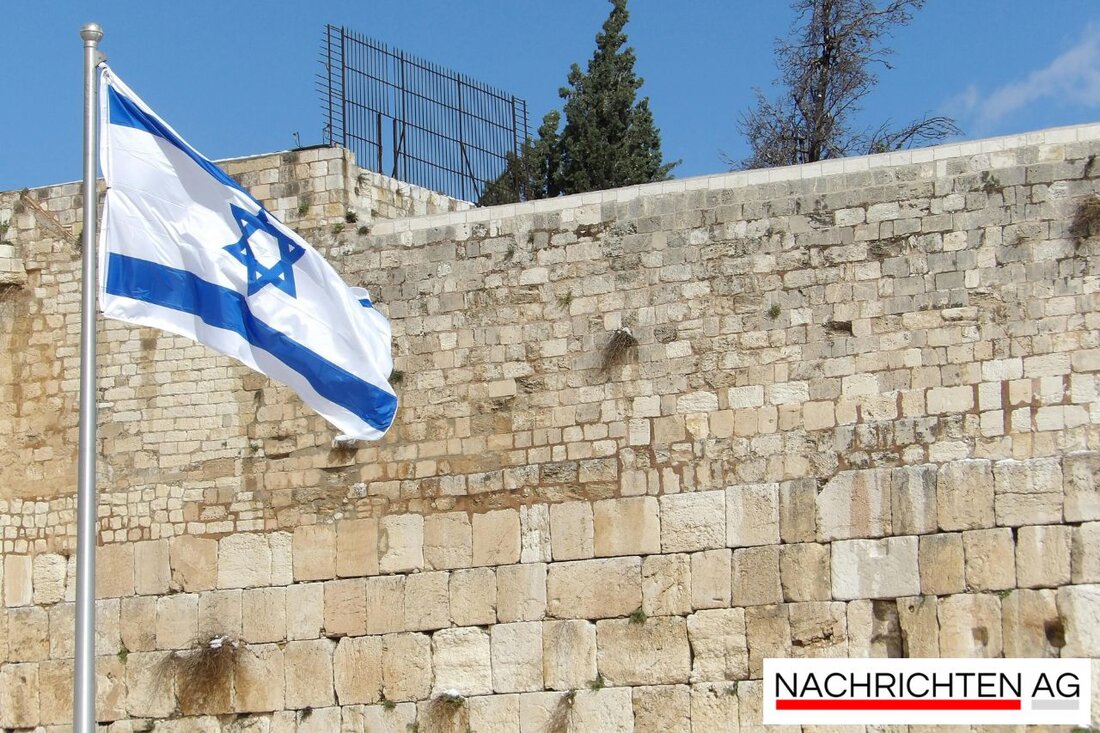Emotional memorial service in Munich: Descendants of the Nazi victims united
Miriam Oles remembers her murdered ancestors in the Glockenbachviertel in order to come to terms with the past and find hope.

Emotional memorial service in Munich: Descendants of the Nazi victims united
On June 19, 2025, numerous descendants of Nazi victims traveled to Munich to celebrate together an emotional remembrance of their lost family members. One of the participants was Miriam Oles, who tried to process the past of her ancestors in a very special way. She is the granddaughter of Abraham Schindler, whose fate is exemplary for many Jewish residents of Munich who were murdered during the Holocaust.
Miriam, who now lives in New Jersey, traveled from Israel and the USA with her family and more than 40 relatives. Her parents were born in Munich and many of her relatives were killed by the Nazis. The longing connection to the city and the mixed feelings that accompanied it characterized her first visit: “It was a warm welcome, but the challenges of coming to terms with the past remain,” she reported. Together with her family, she placed memorial signs in the Glockenbachviertel to commemorate the 11 victims of her family, who were part of the over 5,000 Munich Jews who did not survive the Holocaust. Abraham Schindler was deported to the Theresienstadt ghetto in 1943 and murdered there, along with his sister Mina and numerous other relatives.
Memorial sign in Munich
The city of Munich has with the Reminder sign launched a valuable initiative that enables relatives to honor the names and fates of killed relatives with dignity. These memorial signs can be applied for for people who lived in Munich between January 30, 1933 and May 8, 1945 and who lost their lives due to National Socialist persecution. The applications are treated individually in order to commemorate the victims of Nazi rule.
There are already over 250 memorial plaques and steles in the city that commemorate persecuted and murdered people. The memorial signs are not just a tribute to the past; they also enable a form of healing. Miriam Oles is convinced that with this initiative the city embodies a modern ranch that combines a culture of remembrance and humanity.
The meaning of remembrance
Charlotte Knobloch, President of the Jewish Community of Munich, emphasized the importance of these memorial signs at the memorial service. They not only serve to remember the injustice, but also to show that the memory of the victims remains active and alive. This appreciation for the lives lost to the horrors of war and the atrocities of the Nazi regime was also felt in the moving words of the same commemoration, in which some local residents took part via digital broadcast from Israel.
Another participant, Bernard Frieder, who is also a descendant of Jewish people from Munich, had similar experiences. While he too was confronted with a negative view of Germany, the friendly people in Munich showed him otherwise. “It’s impressive what the city is doing,” he said after visiting the memorial plaques. His impression, like that of many other participants, demonstrates the power of memory to bring people together and serve as a tool for healing.
Remembrance of the Holocaust and the fate of the victims remains particularly relevant at a time when current conflicts such as the war between Israel and Iran are evoking the memory of another painful part of history. The descendants of the victims have once again shown how important it is not to forget the events of the past and to remember the deceased with dignity and respect.

 Suche
Suche
 Mein Konto
Mein Konto